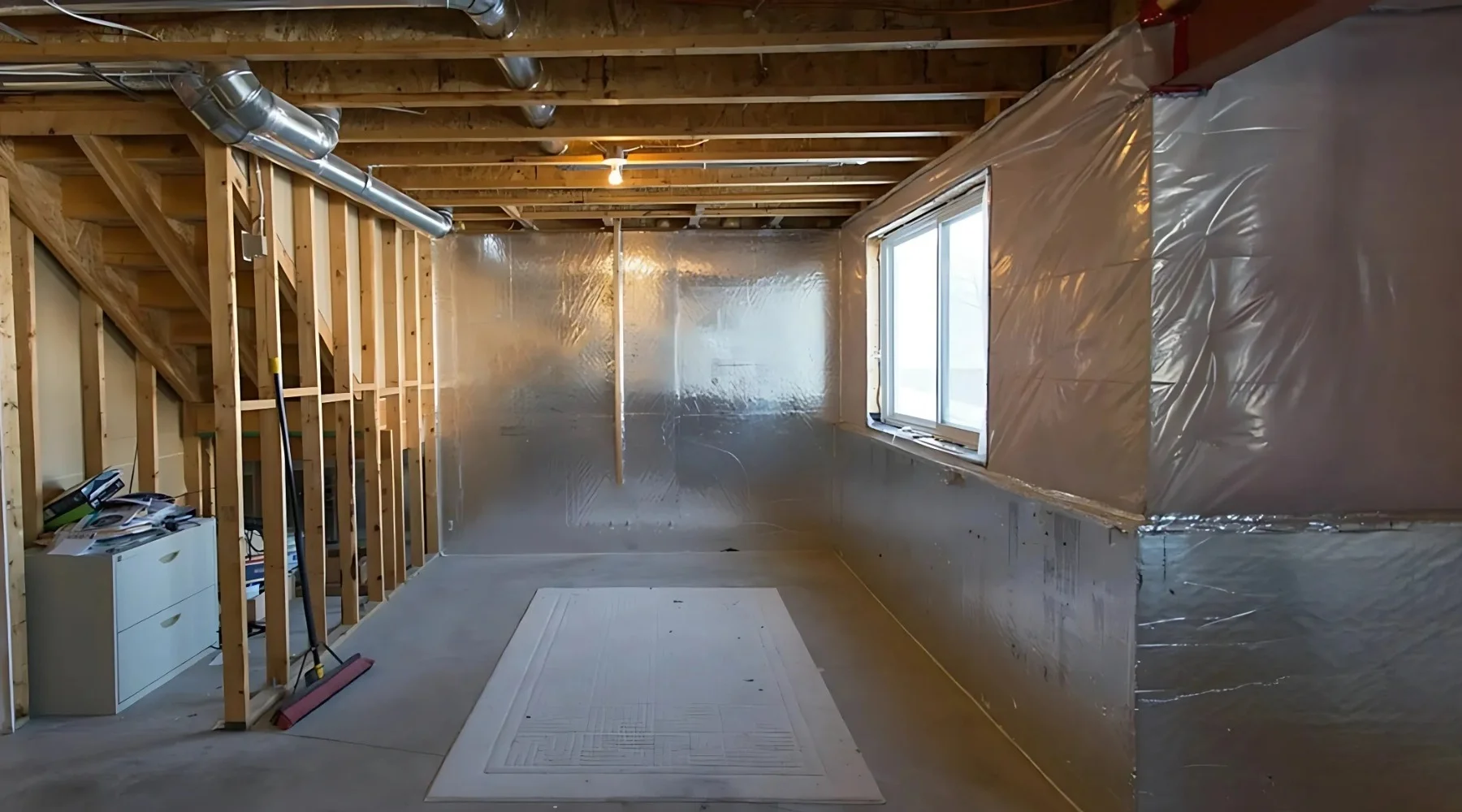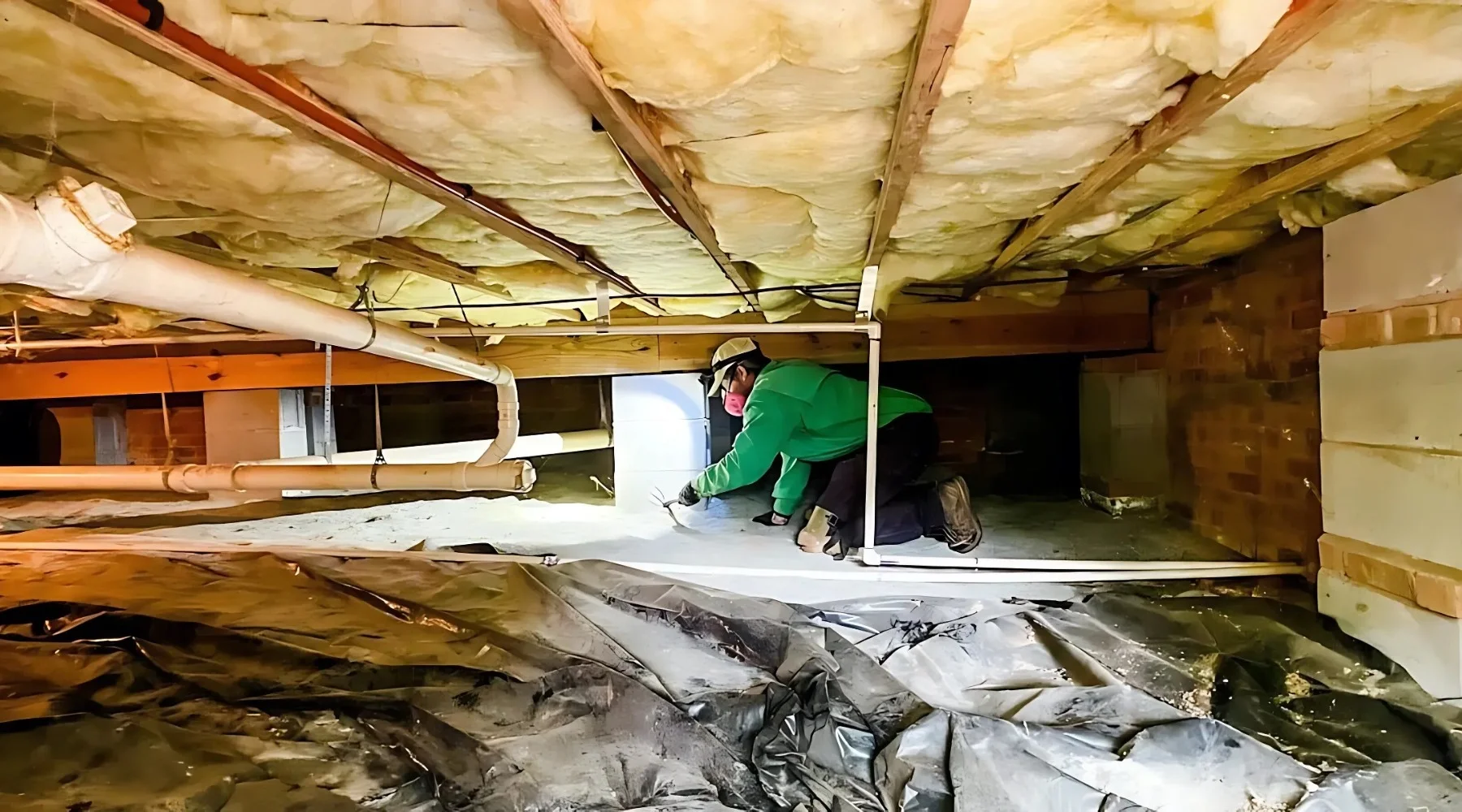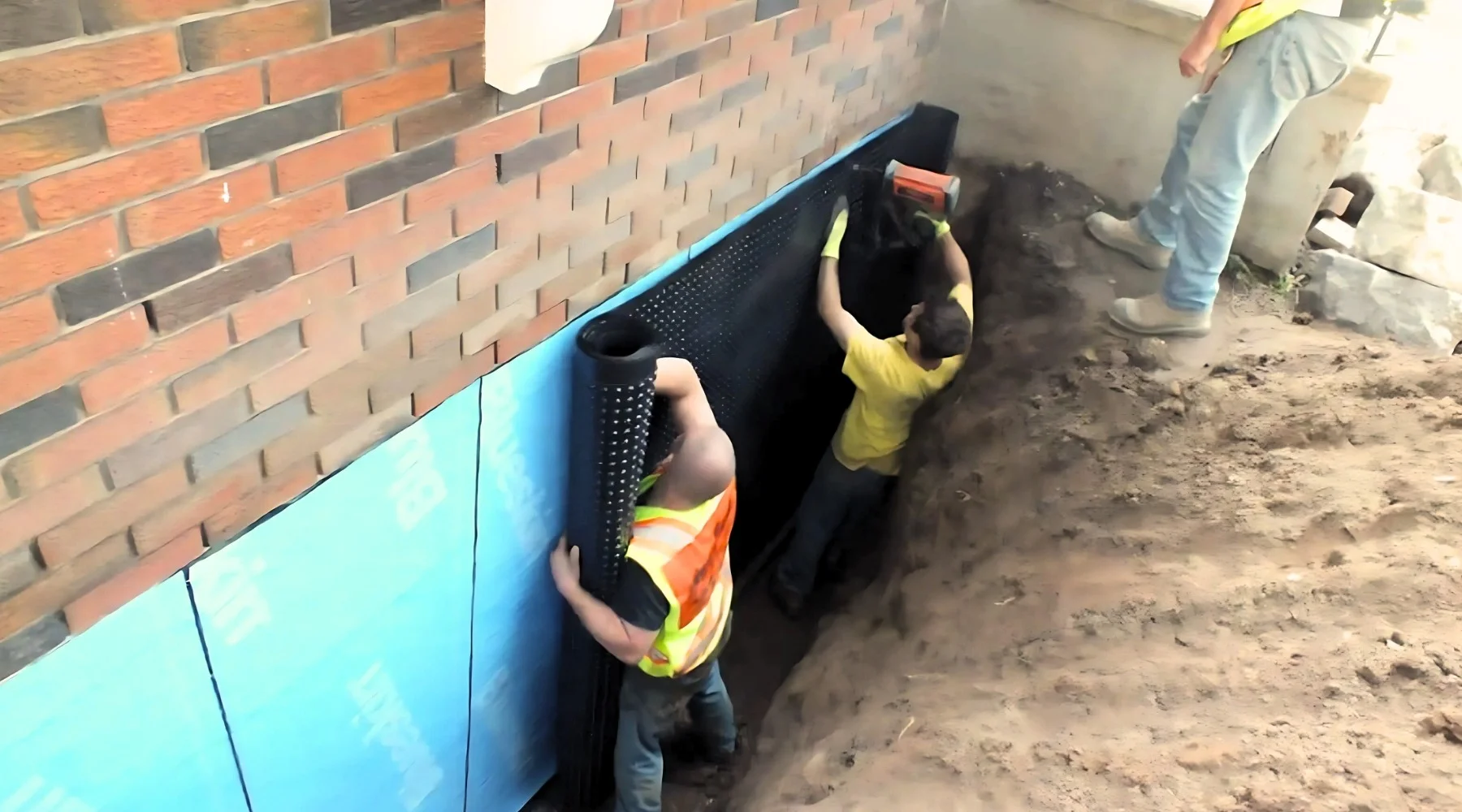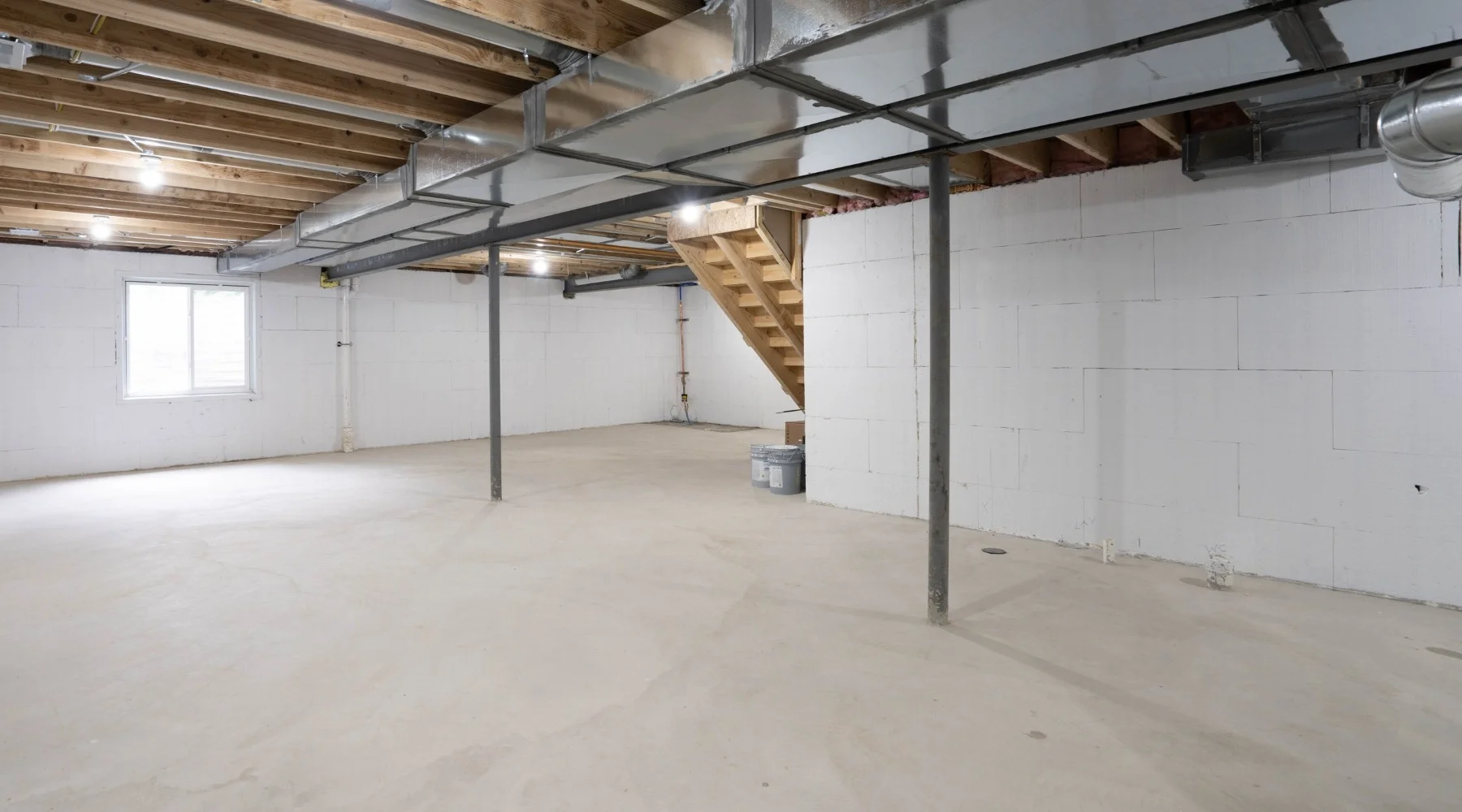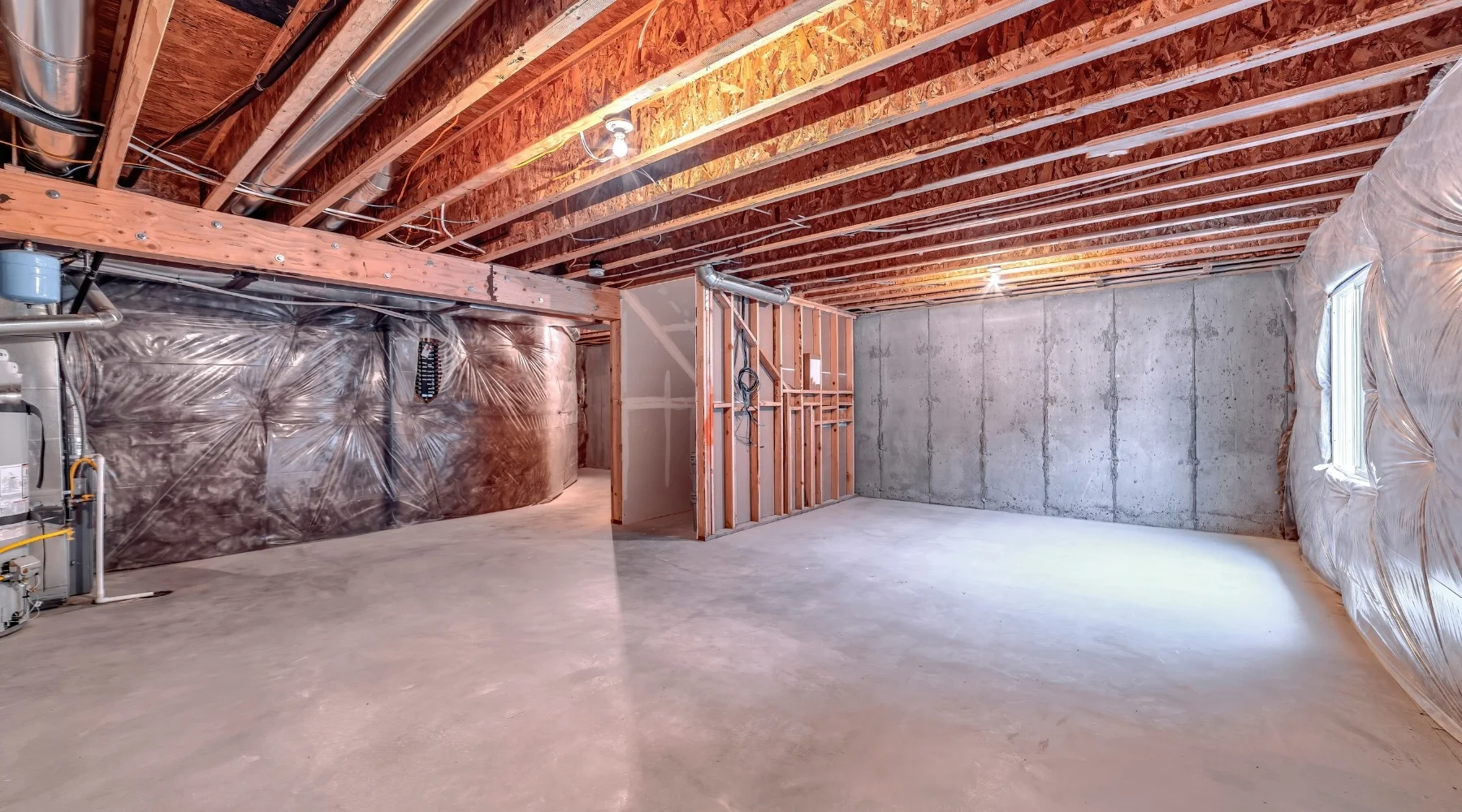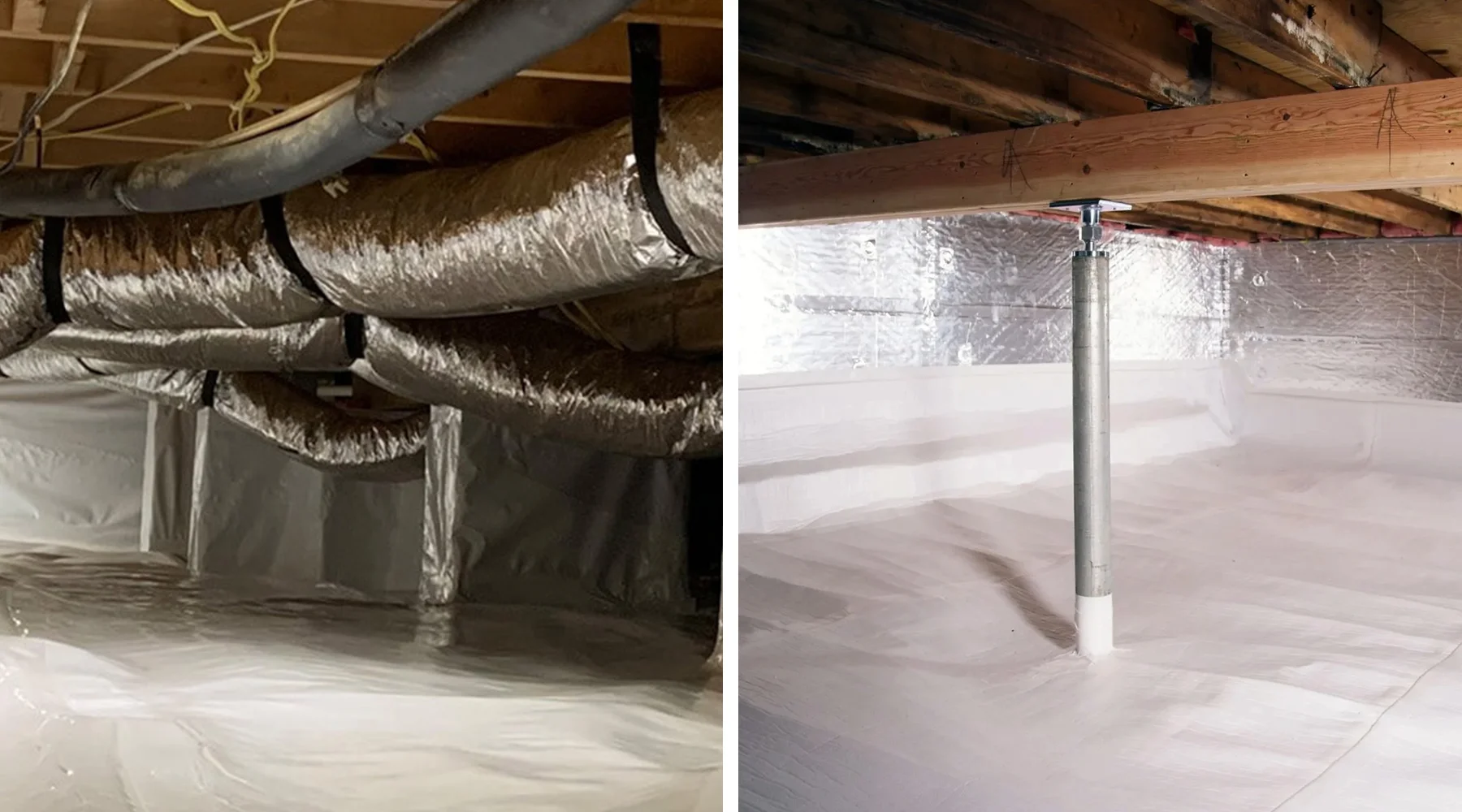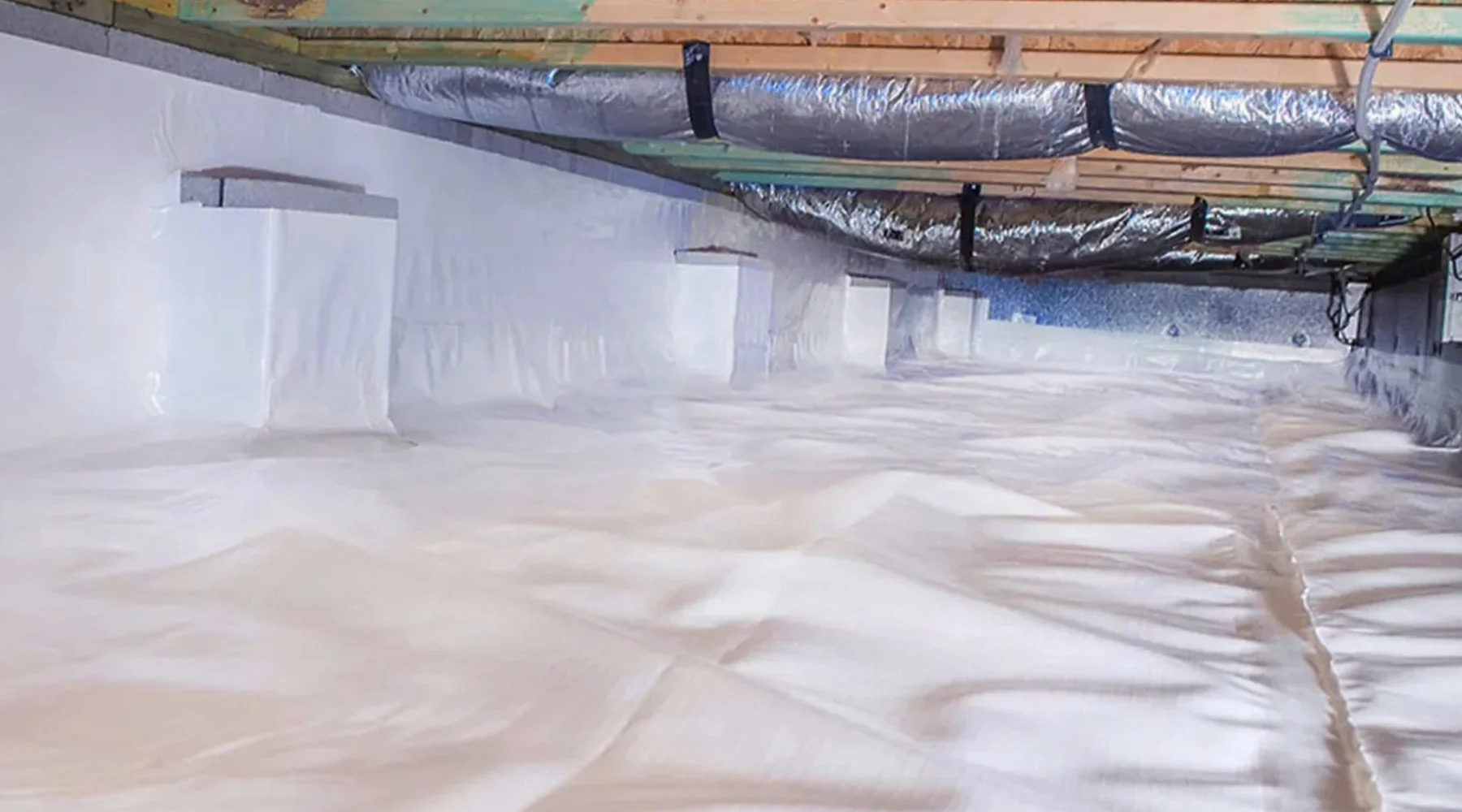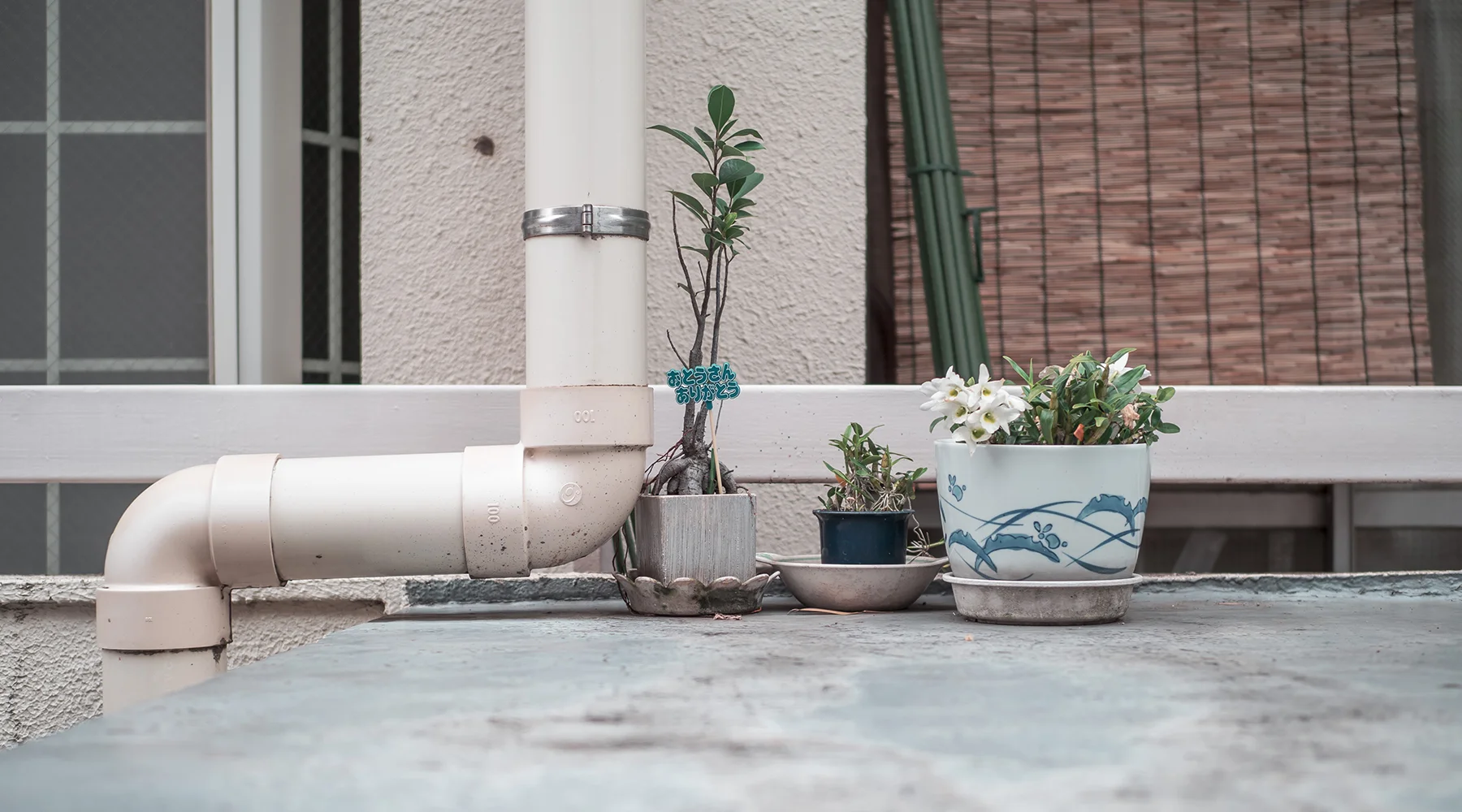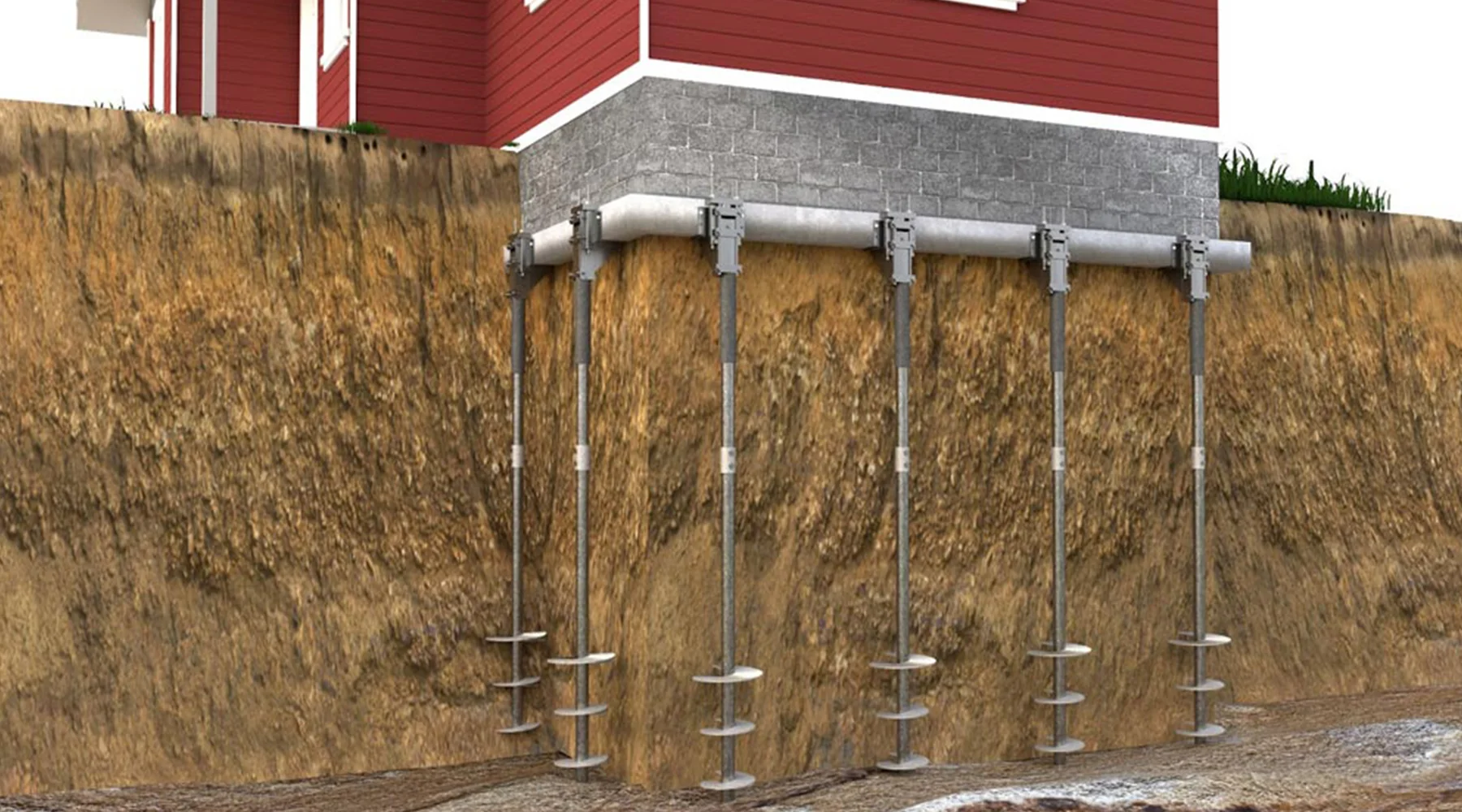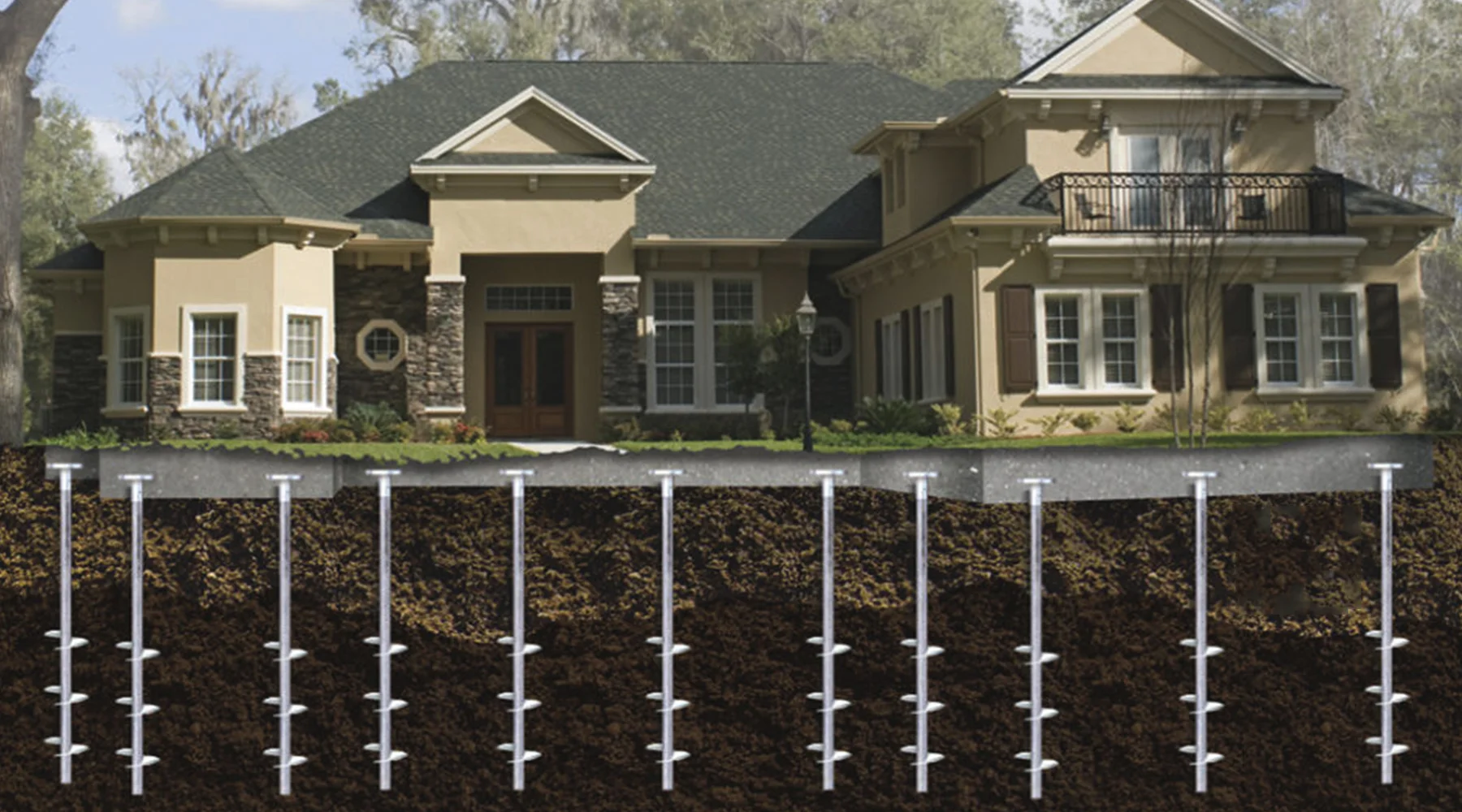How To Maintain A Dry Basement Waterproofing: Preventative Tips For Homeowners
Maintenance of your basement is vital for a healthy home, especially when it comes to preventing moisture buildup and potential damage. By employing effective basement...
Protect Your Investment | Don’t Wait for Damage! | Easy Financing Options Available | Get Your Free Waterproofing Estimate
Tristate Also Accepts:
Protect Your Investment
Don’t Wait for Damage!
Easy Financing Options Available
Get Your Free Waterproofing Estimate
Tristate Also Accepts:
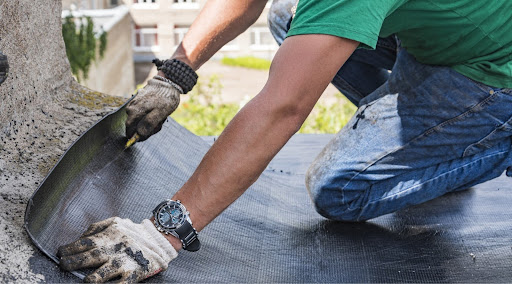
When you’re investing in a new construction project, whether it’s your dream home or a commercial property, every detail matters. But there’s one crucial aspect that often gets overlooked until it’s too late: new construction waterproofing. This isn’t just an optional add-on – it’s the foundation of your building’s long-term ...
